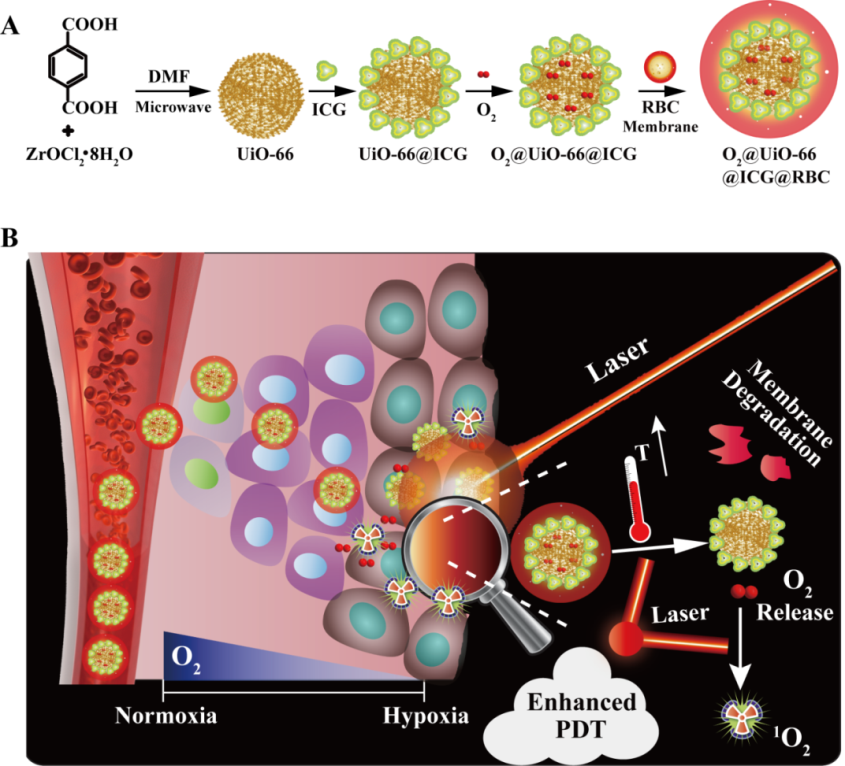School of Physics Science and Technology made progress in efficient energy storage
Oxygen reduction reaction (ORR) and oxygen evolution reaction (OER) are two important electrode reactions for metal-air batteries. Air cathode materials can catalyze both ORR and OER simultaneously, whose design and preparation are very important and challenging topic. Recently, Dr. Zhang Wenming and others from the fine materials and fine spectroscopy research group of School of Physics Science and Technology used electrospinning combining metal-organic framework materials to derive a kind of bifunctional catalyst with efficiency and stability, limited current density of the catalyst’s ORR reached −5.9 mA cm−2 , which was better than precious metal; the voltage of oxygen evolution reaction performance (OER) is only 1.68V at a current density of 10 mA cm−2 , which can be used in metal air batteries and other fields. The results were recently published as a cover article on Small (Small 2018, 1800423, IF = 9.598). Hebei University was the first completion unit. Zhang Wenming is the first author of the paper, and Li Lin of our school, Yu Ze from Dalian University of Technology, and Gu Lin from Institute of Physics of the Chinese Academy of Sciences are all corresponding author of the paper.
At the same time, this research group successfully prepared heterojunction material of one-dimensional carbon-coated hollow SnO2/NiO which is applied to negative electrode of sodium ion battery. The result showed that after 200 cycles, the battery could still maintain the capacity of 320 mAh g-1(100 mA g-1); after 1000 cycles under 800 mA g-1, the battery could still maintain the capacity of 160 mAh g-1. The relevant results were published in Chemical Engineering Journal (Chem. Eng. J 2018, 348:599, IF =6.735). Hebei University was the first completion unit. Zhang Wenming is the first author, and his colleague, Li Lin , Yang Kun of School of Quality and Technical Supervision, and Yu Ze from Dalian University of Technology, are all corresponding author of the thesis.
The above research was funded by the National Natural Science Foundation of China and the Outstanding Youth Fund of Hebei Province and etc.
